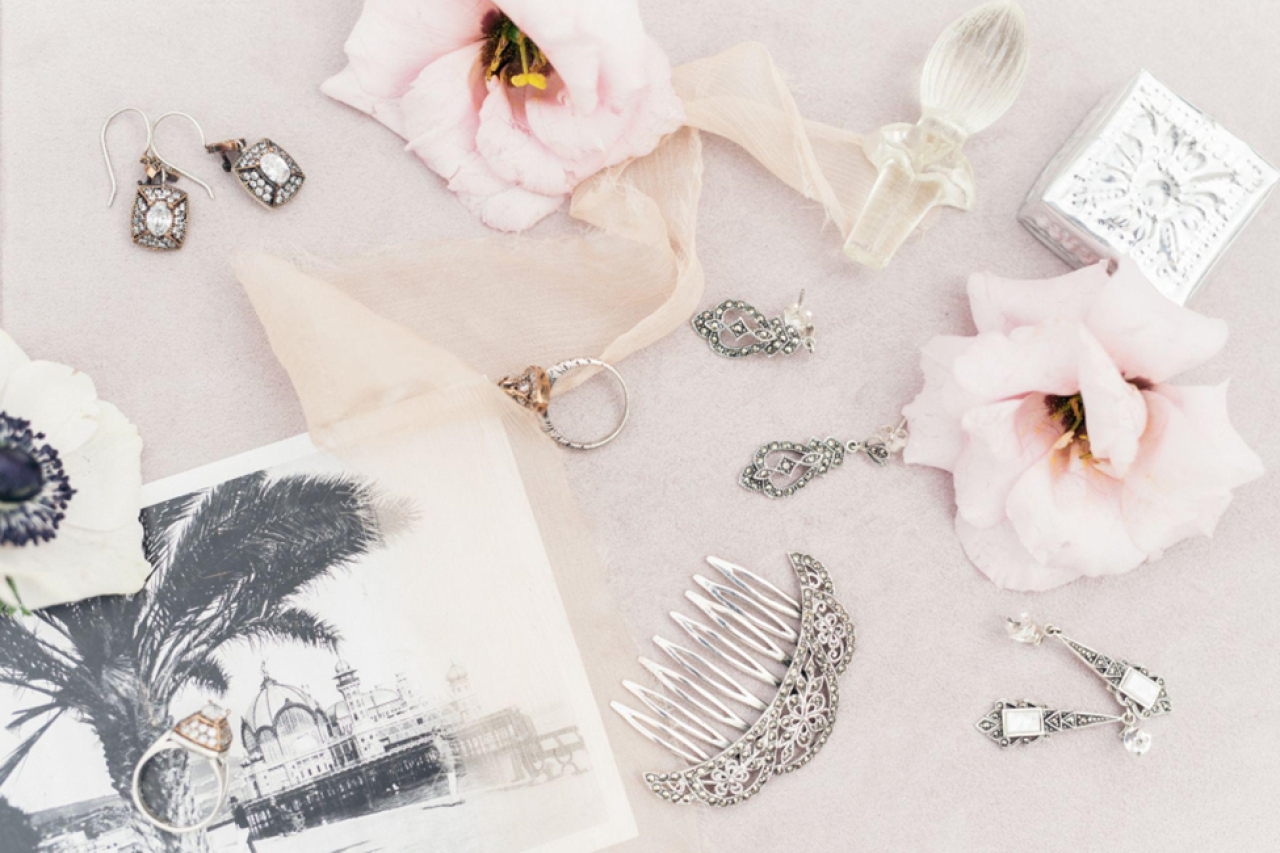Discover the difference between pieces from different eras, like those from the early Victorian Romantic Era which featured nature-inspired designs such as flowers and animals along with lockets and brooches from this time period. Also, pay attention to details like thick rhodium or gold plating as well as prong set stones - these will all give an indication of age.
History
Vintage and antique are often used interchangeably, yet each term actually has a specific meaning.
Understanding these distinctions could save money and enable you to spot sellers who might mislead you - something important when purchasing vintage jewelry as trust is essential. Whenever someone misapplies one or the other term incorrectly it should serve as a red flag that they cannot be relied upon as sellers. Working with reputable sellers like Vintage Tom.
Jewelry trends often vary throughout history, yet certain eras stand out with distinctive designs and motifs. Victorian pieces were known to feature hearts and flowers while during Art Nouveau (late 1800s to early 1900s) jewelers attempted to make their pieces look like small works of art.
After World War I, Art Deco made jewelry more contemporary while maintaining fine lines and forms associated with earlier eras.
At the close of the 20th century, a style known as Neoclassicism brought clean lines and simplicity into fashion. This period also saw the increase in bracelets and necklaces with pendants; sometimes this piece would incorporate various styles within its construction.
Fashion icon Coco Chanel made waves during the 1920s and 30s with her feminine, elegant pieces, as did Kenneth Jay Lane and Miriam Haskell designers like Kenneth Jay Lane and Miriam Haskell, who created some iconic costume jewelry pieces. Later Hollywood glamour would take over in terms of big, bold pieces.
Materials
Material used in vintage jewelry plays a huge part in its worth, so when selecting pieces with original and high-quality parts to get the best value. Check for beads or jewels glued securely or held by prongs; any missing parts or signs of corrosion could indicate problems; also consider whether your vintage jewelery was made of precious metals or high-grade materials like ceramic.
Costume jewelry from the mid-1950s may have been constructed using materials like Bakelite or other plastic resin, and might contain faux pearls or rhinestones; vintage rhinestone jewelry often included brass metal alloy components - these types of materials were often less desirable compared to gold or silver options. You can click the link: https://www.reddit.com/r/jewelryl/how_do_i_know_if_these_pearl_are_real_anyone_know/ to learn more about authentic pearls.

Value
Vintage jewelry brings life and romance back into history by conjuring an atmosphere of romance and elegance from another era.
The intricate manual labor required in crafting certain vintage pieces as well as rare gems contribute to their value; in particular pieces associated with well-known historical events that remain intact within their original packaging tend to garner the highest interest and demand at auction, while other vintage pieces may only have worth because it was produced during a particular fashion era or designer period.
Antique and vintage jewelry has many intrinsic values; in addition to supporting sustainable fashion practices by decreasing demand for new minerals and metals. Vintage pieces often incorporate recycled materials and are handmade rather than mass produced.
Search for hallmarks - hallmarks are stampings on jewelry that indicate its country of origin and metal content, often found on posts, bands, or clasps of pieces of jewelry. If an item doesn't feature one of these hallmarks, compare its weight against similar pieces. Silver and gold generally weigh more than commonly coated metals like pewter or brass.
Shops
Vintage jewelry shopping can be an exhilarating journey, whether you want something historic for your collection or something completely original and eye-catching - but be wary when shopping.
In order to protect yourself, begin your quest by researching as much about its period as possible before beginning your hunt for pieces you like. To avoid being taken advantage of, learn all you can about its era prior to shopping so you can learn to spot the real thing.
For example, when searching for Victorian rings online, research the period and look for designs similar to what would have been popular at that time period. Also avoid purchasing from online retailers who do not clearly describe or show photos of their items; look instead for trusted sellers with strong reputations who provide clear product details and photos.
As another means of purchasing antique jewelry, visiting local flea markets can also be helpful. Many of these events feature vendors selling secondhand clothing, records, furniture and jewelry at bargain prices. When in New York City check out Grand Bazaar on the Upper West Side or Ludlow Flea on Ludlow Street which offer wide arrays of vintage pieces - both year round marketplaces open Sundays!
Markets
Vintage jewelry has grown increasingly popular due to its one-of-a-kind designs and historic connections, not to mention being more sustainable as it requires no new materials or mining practices that deplete our planet's resources.
Many vintage pieces are handcrafted, adding value and personality to each piece; those looking to invest in new pieces should research sellers thoroughly prior to making any decisions; online shopping may also provide options. You can also use sites like this one to research pieces to add to your wardrobe.
No matter the era you are shopping in, it is always a good idea to check the metal content of each piece to ascertain its worth. Gold is an affordable precious metal with soft yet strong properties; as such jewelers often combine it with other metals such as copper and silver to strengthen it further. Furthermore, you can verify whether it is authentic by checking for maker's marks that identify which company created it.





